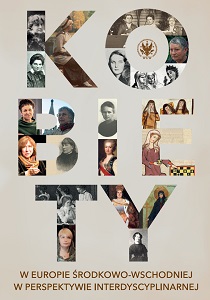
Zakonnice w średniowieczu. Ciche, pokorne i głupie czy elita intelektualna Europy?
Intellectual activity of such women as Hrotsvitha of Gandersheim, Herrad of Landsberg, Relindis of Hohenburg, Hildegard of Bingen or Jutta of Sponheim testifies to the fact that medieval nuns represented a very high intellectual level, contrary to the conventional wisdom and frequently repeated popular misconception about the „dark ages”. As Johanes Mayer of University of Würtzburg noted, the activity of Herrad of Landsberg, Hildegard of Bingen or Hedwig of Silesia (educated at the Benedictine convent at Kitzingen) proves a very high standard of education, extensive knowledge and greater awareness among medieval nuns. One can say that the 12th century was a women’s era. Manuscripts written by the Polish Poor Clares are works of artistic merit. Analysing the works of women’s convents in the West of Europe and in Poland, in the field of theology, but also medicine, poetry or music, one must conclude that an average nun represented a much higher intellectual level than an average priest (not only in the Middle Ages). It is highly probable that Polish literature owes its origin to the 13th c. Poor Clares’ convents. The convents enjoyed a lot of independence, also from the bishop, and were able to defend their autonomy effectively, as shown – among others – by the Norbertine Sisters in Płock.
More...
